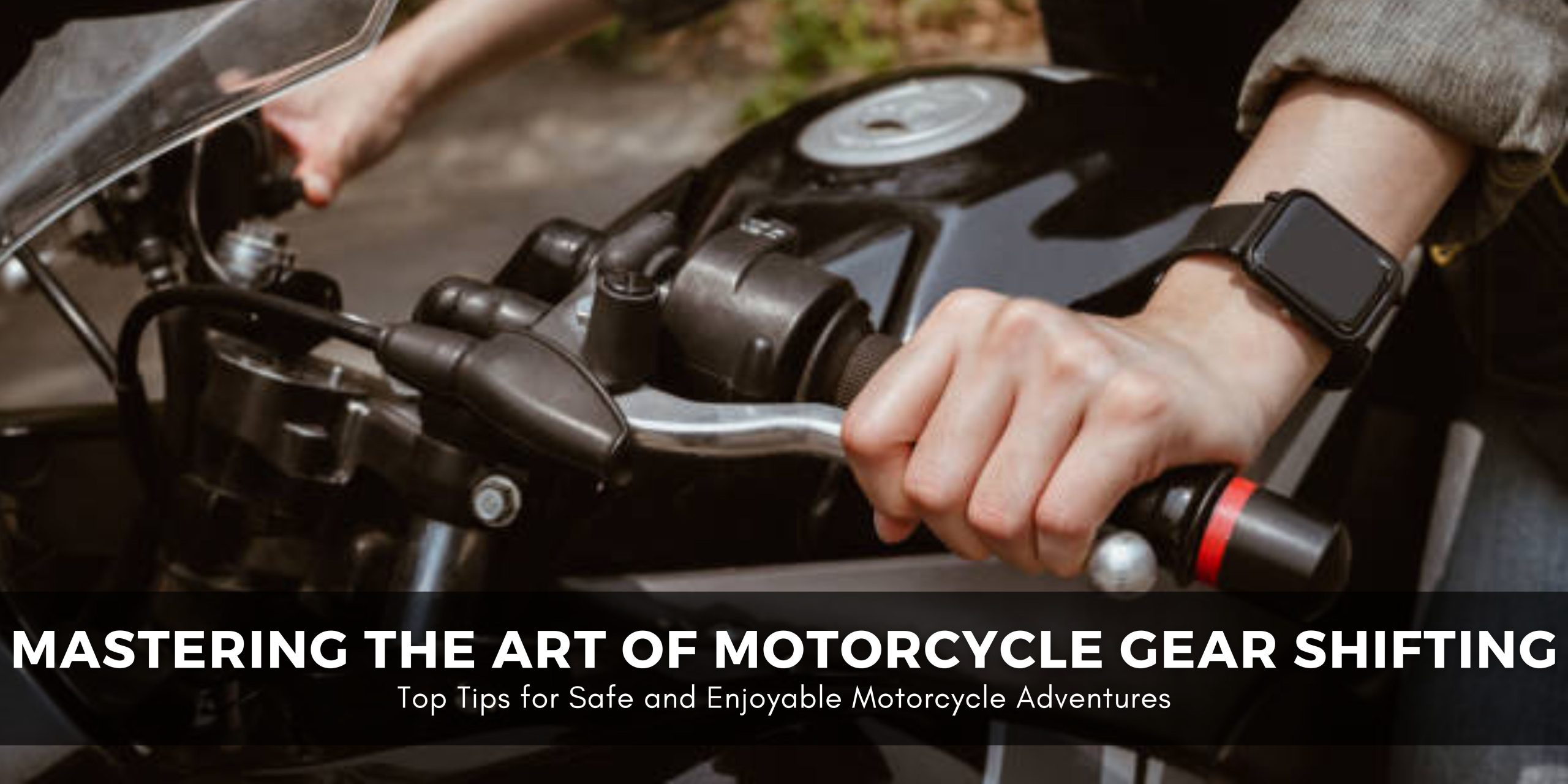Learning how to shift gears on a motorcycle is a fundamental skill for every rider, whether you’re a newbie or a seasoned enthusiast. Efficient gear shifting not only enhances performance but also ensures a smoother and safer ride. In this detailed guide, we’ll walk you through the process of shifting gears on a motorcycle, provide essential tips to master this crucial skill, and emphasize the importance of motorcycle jackets for a safe and enjoyable riding experience.
1. Understanding the Motorcycle Transmission System
Before delving into gear shifting, let’s grasp the basics of the motorcycle transmission system. Most motorcycles use a manual transmission with a foot-operated gear shifter. Typically, motorcycles have multiple gears, arranged in an H-pattern, allowing you to adjust your speed and power output efficiently.
2. Foot Controls: The Shifting Pedal
Familiarize yourself with the gear shifter, located on the left side of the motorcycle. The gear shifter allows you to shift up and down through the gears. To shift up, use the front part of your foot to lift the shifter. To shift down, use your heel to push the shifter down.
3. Starting in First Gear: The Launch
When starting or coming to a stop, your motorcycle should be in first gear. With the clutch lever pulled in, gently tap the gear shifter down until you reach first gear. Gradually release the clutch while applying throttle to start moving.
4. Upshifting: Accelerating and Gaining Speed
As you accelerate and gain speed, it’s essential to upshift to higher gears. While maintaining a steady throttle, ease off the throttle slightly, pull in the clutch, and use your foot to shift the gear lever up. Release the clutch smoothly to engage the next gear. Repeat this process for higher gears.
5. Downshifting: Slowing Down or Decelerating
When you need to slow down or decelerate, downshifting is crucial to maintain control and prevent engine strain. Roll off the throttle, pull in the clutch, and use your heel to shift the gear lever down to a lower gear. Gradually release the clutch to engage the lower gear as needed.
6. Engine Braking: Leveraging Downshifting for Control
Downshifting also facilitates engine braking, allowing you to slow down without using the brakes aggressively. Downshift to match your speed, and the engine resistance will help in controlling your motorcycle’s speed effectively.
7. The Role of a Motorcycle Jacket: Your Protective Gear
Before you gear up for a ride, putting on a high-quality motorcycle jacket is essential. A motorcycle jacket is not just about style—it’s about safety. Opt for a jacket made from durable materials with added armor. A good jacket protects you from the elements and provides crucial protection in case of an accident.
8. Practice, Practice, Practice: Smooth Transitions
Smooth gear transitions are vital for a seamless ride. Practice shifting gears in a controlled environment, focusing on smooth, precise movements. As you gain confidence, venture onto the roads and practice gear shifting in various traffic and terrain conditions.
9. Know Your Motorcycle: Gear Ratios
Understanding your motorcycle’s gear ratios is essential. Lower gears provide more torque and are suitable for lower speeds and quick acceleration, while higher gears offer higher speeds and better fuel efficiency.
Conclusion: Shift with Precision, Safety, and Confidence
Mastering the art of shifting gears on a motorcycle is a journey that requires practice, patience, and a thorough understanding of your motorcycle’s transmission system. By following these steps and honing your skills through consistent practice, you’ll achieve seamless gear shifts, enhancing both your performance and safety on the road.
For more insightful tips, riding techniques, and advice on motorcycle safety gear, including jackets, stay tuned to our blog. Happy shifting, stay protected, and ride safely!

